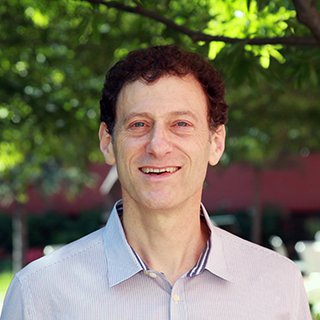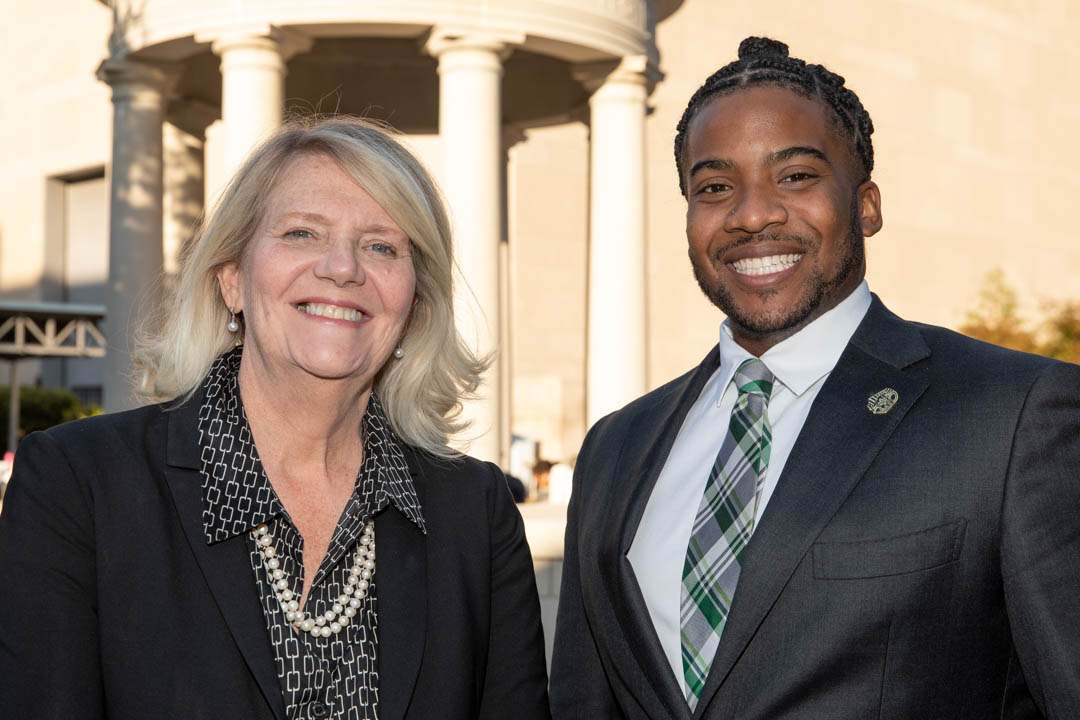By Tatyana Hopkins
Following initial success of noticeably improving student achievement in 11 low-performing schools in Tennessee’s largest county and public-school district, the Shelby County Innovation Zone (iZone) initiative, a district-led effort to reform schools that performed in the bottom 5 percent on state achievement tests, faced new challenges as it took on additional schools.
The program, which began in 2012 and has consistently outpaced a state-run effort, grew to 23 schools—all within the Memphis city limits—by 2017. At the same time, Tennessee adopted a more rigorous set of state assessment standards.
Faced with these new challenges, a team of researchers led by Joshua Glazer, an associate professor at the George Washington University Graduate School of Education and Human Development, examined iZone strategies for the past three years to make recommendations on how the program might overcome the twin challenges of growth and the adoption of a more rigorous set of state assessment standards.
Dr. Glazer spoke with GW Today about his recent report and how the iZone effort could have implications for reforming similar low-performing schools in other parts of the United States:
Q: What was the iZone’s initial strategy to improve schools?
A: The first couple years, the improvement strategy was driven by the iZone’s relatively small size, six schools, and the fact that Tennessee had yet to transition to a more rigorous set of state standards. District leaders tapped the best principals in the district to take charge of these schools and promised them an unprecedented degree of autonomy so long as they produced results. The principals were empowered to hire and dismiss their own teachers, use whatever curriculum they wanted and had relatively free reign to determine pedagogy, leadership style, assessments and other school-level functions. In addition, both principals and teachers received a significant financial bonus for working in the iZone, and the school day was extended by an hour to provide for extra learning time.

Joshua Glazer led a team of researchers in a three-year examination of iZone, a district-led school turnaround initiative in Tennessee.
Q: What were the results among the low-performing schools that participated?
A: In its first three years, the iZone realized significant improvements on the state assessment. These effects were both statistically significant and educationally meaningful, and in math and science the improvements were quite large.
What makes these results all the more remarkable is the enormity of the challenge of turning around these schools. They serve populations beset by inter-generational poverty coupled with decades of neglect and social isolation. Many of the students in these schools contend with an array of social, emotional and academic challenges that greatly complicate efforts to increase academic achievement.
These outcomes solidified the iZone’s reputation as a formidable improvement enterprise. Delegations from cities across the country came to learn about the secret to the iZone’s success.
Q: As the initiative scaled and more schools joined the iZone, what challenges did it face?
A: In some ways, the iZone became a victim of its own success. As its reputation spread, pressure grew to expand its scope, and within a few years it grew to 23 schools. In addition, new performance standards significantly ratcheted up the degree of intellectual rigor and thus the demands on teachers and students.
In practice, this meant that even those principals and teachers once considered effective could no longer rely on their tried-and-true focus on basic skills and intensive test preparation techniques. Leaders quickly concluded that there were simply not enough principals or teachers to take on the extreme challenge these schools presented, and that even those who might have once been up to the task had little experience in performing up to the level demanded by the new standards.
Q: Your recent report identifies a number of things iZone leaders are doing or could be doing to overcome those challenges and maintain student success. What are some of those actions?
A: To cope with new challenges, iZone leaders developed a strategy that replaced building-and teacher-level autonomy with an interdependent system grounded in a shared theory of teaching and learning coupled with a shared change strategy. The leaders purchased a curriculum that would be used across the district, elaborated a consistent vision of grade-level instruction that featured conceptually deep subject matter, rich classroom discourse and giving students ample opportunity to struggle with complex content.
Instead of trying to find extraordinary teachers and leaders with high levels of expertise, the new strategy sought to build expertise through continuous professional learning and support. iZone leaders revamped their support systems to include intensive coaching for teachers and school leaders and revamped school structures and routines to integrate professional learning into day-to-day operations. New data systems were introduced that enabled aggressive monitoring of student progress.
Q: How can the findings from your studies of the Tennessee system be applied to low-performing schools in other jurisdictions?
A: On the one hand, every school system is unique and strategies that have proven effective in one context can’t simply be superimposed on another. At the same time, many important principles that have driven the iZone’s success are applicable to a wide range of circumstances.
The overarching takeaway is that while education has long relied on individuals to find their own way of teaching leading, the challenges in iZone-like environments are too steep for each teacher and principal to figure things out on their own. To meet such formidable demands, formal systems and codified practices will ultimately be more effective and have greater staying power. Another way to put this is that districts are complex systems and improving them requires multifaceted, systemic approaches.
Also, even the best material and most intelligently-designed systems will need to be refined over time and adapted to local contexts. Teachers and leaders need time to learn new approaches to teaching and learning and to test them out in classroom settings. Expecting rapid improvements in environments like the iZone is unrealistic and potentially counterproductive.




